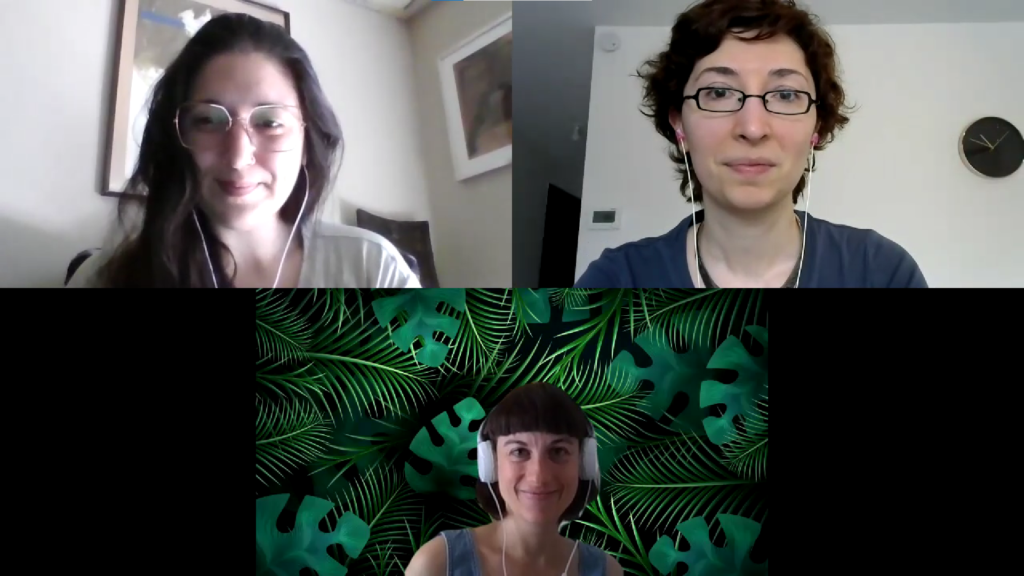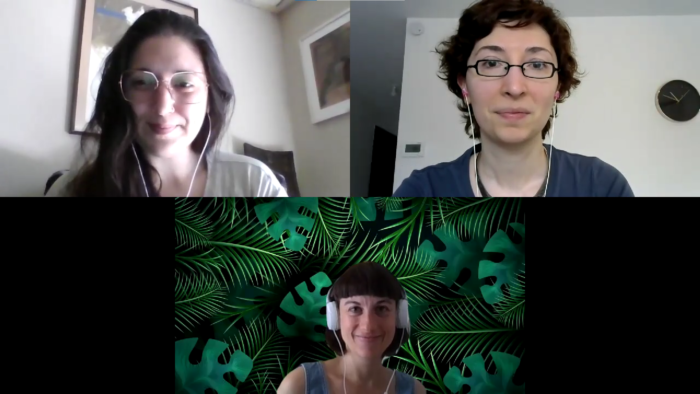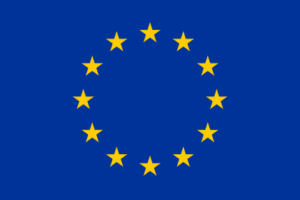Science for Change (SfC) is a SME born from the will to tackle societal and environmental challenges affecting communities by using innovative solutions. In STEP CHANGE, SfC is leading work on scoping process, focusing notably on ensuring citizen scientists’ recruitment for each CSI as well as establishing institutional arrangements and other accomplishments for CSI implementation, to increase sustainability of the initiatives since the very beginning. Nora Salas Seoane and Carla Perucca Iannitelli have answered our questions about the role of stakeholders in Citizen Science, providing suggestions about how to nurture effective engagement all along a project’s timeline. Nora is a Psychologist, Psychotherapist, and holds a Master in Social Anthropology. She has experience as a psychologist in social and community intervention projects in disadvantaged urban contexts, group dynamics and community mobilization. Carla holds a Master in International Security specializing in issues of geopolitics and international relations of natural resources. She has experience as a research assistant in projects connecting global dynamics, standards and policies to the local ecosystem.
Public engagement is considered as one of the main factors for reaching greater alignment of research with the local context. Could you explain what is the added value of stakeholder engagement when it comes to Citizen Science?
Nora Salas Seoane. “Stakeholder engagement is crucial when it comes to the implementation of a citizen science project. Citizen science, in fact, makes sense only if we have citizen participation and if we engage with stakeholders. And one of the crucial aspects of citizen science, is precisely that of including more stakeholders than traditional science does. At Science for Change we apply the quadruple helix model for stakeholder engagement, meaning that our activities aim to engage not only citizens, but also citizens’ associations, NGOs, industries, SMEs, public and local authorities, academia and media actors, depending on the topic. Our view of citizen science resonates more with the extreme citizen science model. Our projects pursue alignment with society, but we also seek to implement actions that can tackle issues that are affecting a particular community. If we want action to take place and address an issue that is upsetting communities, we have to promote dialogue, and this is why the quadruple helix model is very valuable. We aim to be very inclusive in our actions. We try to engage not only the usual suspects interested in a given topic, but we make our best to go further”.
Stakeholders’ participation in science cannot be taken for granted, and often comes along with many challenges. What are the main ones that you foresee?
Carla Perucca Iannitelli. “We cannot take for granted participation of stakeholders in our projects as it will depend on multiple variables. Recruiting is a very critical and time-consuming task but it is also crucial to the success of a project. We really need to understand the motivations of each stakeholder to participate in our projects, and these can vary from collective ones to individual ones, as well as from time to time. This is why it is important to have constant feedback with citizens and stakeholders. On a general note, we encourage desk research around your topic but more specifically about your local context as well as local NGOs rooted in the community. On the other hand, when it comes to stakeholders, several criteria have to be taken into account, such as age, literacy background, socio-economic status, cultural norms, location (urban or rural), gender, or years living in the region. We also recommend to map the potential motivations, barriers, and to plan beforehand strategies to undertake, and this has to be a constant exercise. It helps to mitigate risks and to somehow anticipate challenges that we could detect at a later stage while engaging with citizens”.
Why is it important to maintain a continuous engagement with stakeholders? Could you provide us with a few examples about effective strategies to nurture engagement all along a project’s timeline?
Nora Salas Seoane. “This is one of the main challenging aspects of citizen engagement. At the beginning enthusiasm is high, citizens are usually very motivated, but when it comes to data collection, which can last even a year, things can get complicated. And you need resources to perform a good citizen engagement, otherwise you cannot promise to keep it along the time because you need to constantly motivate your citizens along the way. The most important thing is that you need to be present, visible, you cannot think about people working without you. Go visit the area, show interest in the project. At Science for Change, during the last months, we have organised many sensory walks and open-air activities. You have to be involved in local initiatives that are meaningful to the community, have a good knowledge of the issues in the area, go visit schools, sport centres, any meaningful cultural or educational leisure activity where people are present. You don’t need to reinvent the wheel, you can make good use of networks that are already there. It is the same for communication. If you have people in the area who have social media, you can involve them to convey the message. They will also feel empowered, and people have to sense that they are actively participating in the project. Everything needs to be flexible and adapted to the local context. Have a flexible mind. Also, bear in mind that the easiest thing is working with citizens that are already motivated. When it comes to the ones that are from less prominent groups, people from socio-cultural backgrounds not traditionally included in research practices, you need to adapt, use different strategies. Their motivation can be different. This is why we strongly encourage to develop a comprehensive knowledge of the local context and to adapt engagement strategies accordingly”.
And what about diversity and inclusiveness? Could you explain why is it relevant to include diverse groups of stakeholders when it comes to citizen-led research?
Carla Perucca Iannitelli. “When it comes to stakeholder engagement, it is key to ensure the diversity of the group. There are accountable benefits intertwined with the agency of diverse groups, that are not limited to citizen science. Inclusive groups tend to be more productive, and they perform better. Diverse stakeholders can add much value and develop new approaches: despite having different perspectives, different knowledge, they all contribute to the same goals. Citizens participating in science have been traditionally part of upper literacy groups, and if we want to break that down and be really diverse, we should be able to recognise stakeholders in each specific location, make them aware about the valuable knowledge that they can provide. Societies are multicultural, and we need to capture this in our projects. Apart from gathering evidence on stakeholders, we also have to make sure that information is accessible in different formats and languages. We should envision measures to reach culturally diverse groups, as well as different target ages. We need to plan engaging activities and communicate in a way to maximise the opportunity to get these people aboard, with special attention to vulnerable communities and marginalised groups in our cities. This can be planned and practised beforehand, multiple exercises can be performed”.
Due to the pandemic, approaches to engaging stakeholders have had to be rethought. Could you sketch a few successful examples of stakeholder engagement approaches in times of COVID-19?
Nora Salas Seoane. “Times have been and still are very challenging. Some people try to engage people online, via social media groups. But it’s true that we have all experienced what has been called as tiredness of screens. This is why, whenever possible, we have organised sensory walks, which are pretty safe. Some people such as elderly were still afraid, but we did our best to cope with this unforeseen situation. On the other hand, many different online tools for co-creation have proven to be very useful. And a good approach could foresee the use of mixed methods. Because we still have to be aware of the technological gap affecting our societies, even the more developed ones”.


